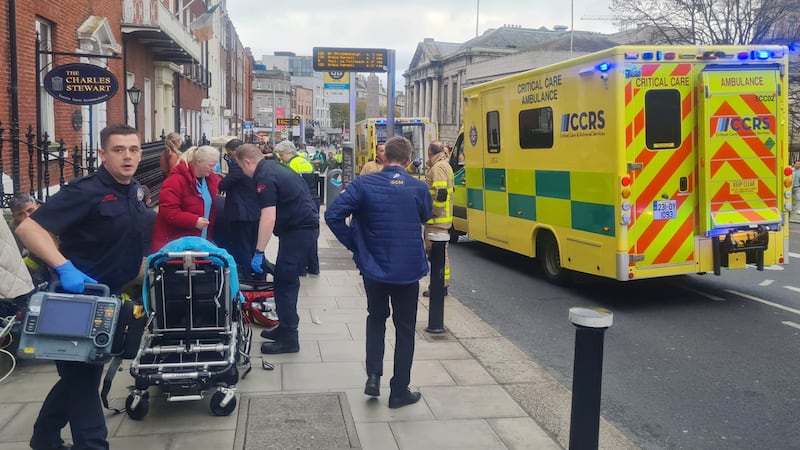It is highly likely that DNA can be retrieved intact from some, if not all, of the human remains found in underground chambers at the site of a former home for unmarried mothers in Tuam, Co Galway, a geneticist and a pathologist agreed yesterday.
In this way it should be possible to link human remains found at the site to mothers and fathers, as well as to siblings should any exist. The challenge will be finding living relatives of those whose remains have been found.
DNA, or deoxyribonucleic acid, is the body’s genetic fingerprint, as it were. It is commonly examined in genealogical and medical research, as well as in forensic science. Using a person’s DNA, a definitive link can be established, or not, between parents and children, and between siblings.
DNA linkage
The strength of the DNA linkage between these two groups is 50 per cent, meaning parents and children share 50 per cent of their DNA, as do siblings. However, in further degrees of familial separation, between cousins for instance, the percentage strength of the DNA link decreases.
While what is described as "significant quantities" of human remains have been detected by archaeologists working for the Commission of Investigation into Mother and Baby Homes at the Tuam site, the precise number of bodies remains unknown.
"You can get DNA from bones that are 1,000 years old and so one assumes it will be possible to extract some from the remains in Tuam," said Gianpiero Cavalleri, a population geneticist attached to the Royal College of Surgeons in Dublin.
He believes that by retrieving DNA extracted from the remains at Tuam, “you could certainly generate a [genetic] profile to search for living relatives and that is particularly appealing if you can match a sample to a name on a list of relatives”.
DNA comparison
That connection is where David Gibbons, consultant pathologist at St Luke's Hospital in Dublin, says the process could run into difficulties.
“It would be very, very difficult to compare that DNA to someone else’s DNA to see whether there was a relationship with them,” he said, adding that parents in many instances were now probably dead and further offspring, if they existed, might be difficult to find.
As to cause of death, evidence of severe blunt instrument trauma leading to death would be readily apparent, as would non-fatal damage to bones suggesting non-lethal violence.
In many cases, cause of death could well have been organ failure, possibly exacerbated by malnutrition, and other ailments such as pneumonia and influenza. Forensic evidence of such causes of death may be impossible to detect but some ailments, such as tuberculosis, can leave traces in bone marrow and may be detectable as a cause of death.
Analysis of DNA can reveal congenital disorders, early-onset ailments caused by a genetic mutation and leading to death, said Dr Cavalleri. Given that the remains dated in some instances to 50 and 60 years ago, he thought there was “a very good chance you can get DNA” from them.
Matching the DNA to a living relative, or a relative whose DNA was readily available, would then depend on identifying such a person.













